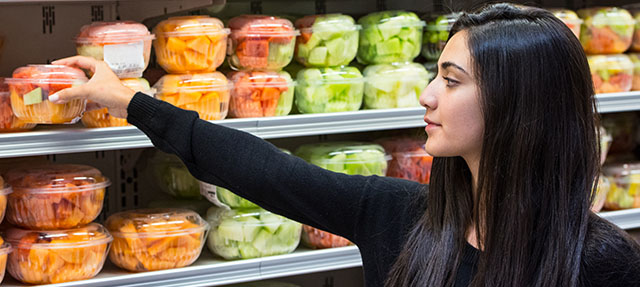Affordability is a longstanding problem for California’s college students—and assisting students who have financial challenges has become even harder amid the pandemic and resulting recession. Faced with funding cuts to public colleges and universities, campus officials have sought out creative ways to help students financially.
The dual public health and economic crises have taken a toll on many college students. In May, the California Student Aid Commission (CSAC) conducted a survey of over 70,000 students to understand how the pandemic has affected students’ lives. The survey found that more than seven in ten students had lost some or all of their income, almost half had experienced a change in their living arrangements, and a quarter had dropped courses in spring 2020. Students also reported increased anxiety as family members lost employment or became sick.
Prior to the pandemic, many higher education institutions had established emergency aid centers for students experiencing food and housing insecurity. For example, funding from the 2019–20 state budget has helped public colleges and universities work with community partners to provide services and rental subsidies to students experiencing homelessness. However, as most students are no longer on campus, ensuring access to these services can be difficult. In addition, an earlier proposal from CSAC to remove eligibility barriers and address equity concerns in financial aid for community college students has likely been shelved given the current economic situation.
The decline in state revenues has led to funding cuts for the University of California and California State University, and funding deferrals at the community colleges—forcing college officials to find new ways to address students’ financial needs.
One key strategy has been to leverage additional federal dollars by helping eligible students enroll in the CalFresh food assistance program. CalFresh recipients receive on average about $150 a month, which could make a substantial difference for students, particularly community college students who often have fewer opportunities to access financial aid.
California State University and the community colleges have prioritized programs to help enroll in students in CalFresh. For example, the California Community Colleges Chancellor’s Office, in coordination with local businesses and philanthropic organizations, is leading efforts to raise awareness around CalFresh eligibility for students. These efforts include creating outreach toolkits with promotional materials, conducting digital outreach, and providing technical assistance to campus service providers.
Given the current lack of state resources and the financial hardship faced by California’s college students, targeting limited resources toward students with the most financial need will be critical. And in the face of continued economic uncertainty, other creative approaches will be important to ensure that students have the support they need to continue their education.




